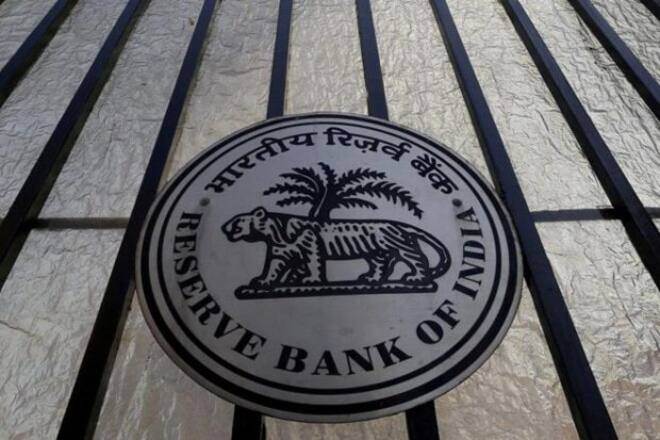With the Reserve Bank of India (RBI) revising fresh guidelines on exposure of banks to large borrowers, the private sector companies may face a new challenge on borrowing front, a rating agency said. The fresh guidelines by the RBI may put caps on their exposure to the banks and push them to the market for any additional borrowing through market instruments at higher borrowing costs, CARE Ratings said in a report. On the other hand, the government bodies and authorities may not face any hurdles while borrowing from the banks as the new norms exclude the bank exposures where the principal and interest are fully guaranteed by the government. The guidelines also exclude the exposures to central and state governments from counterparty exposure.
The central bank came out with revised rules on large exposures to the bank so as to cut down on the risk concentration and align with the rules followed globally. The sum of all the exposure values of a bank to a single counter-party must not be more than 20 percent of the bank’s available eligible capital base at all times, according to the new norms.
Also read: Niti Aayog’s Governing Council, headed by PM Narendra Modi, to meet on Jun 15
An additional 5 per cent exposure to the bank’s available eligible capital base may also be allowed in exceptional cases. In case of groups of connected counter-parties, the sum of all the exposure values of a bank to a group of connected counter-parties must not be more than 25 percent of the available eligible capital base of the banks at all times, the new guidelines also said. After the introduction of the new norms, the NBFCs may also face additional scrutiny while raising further bank debt.


